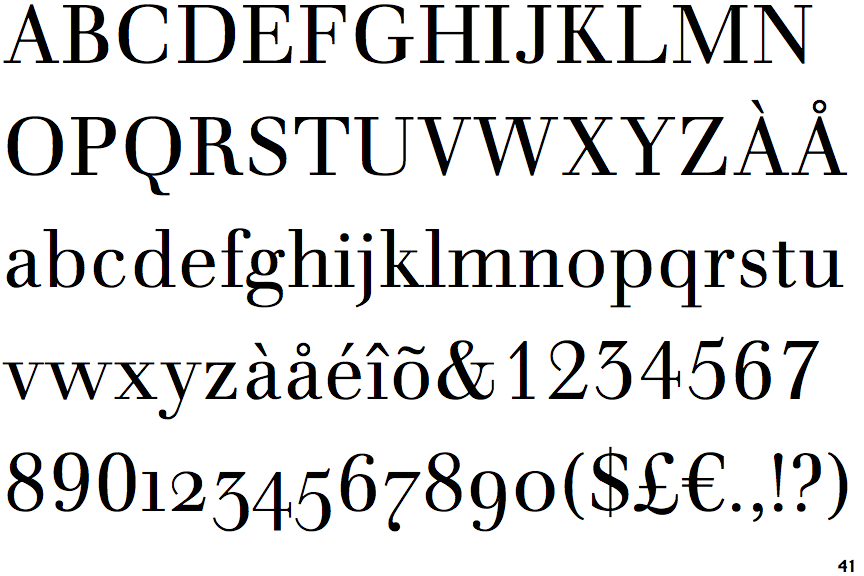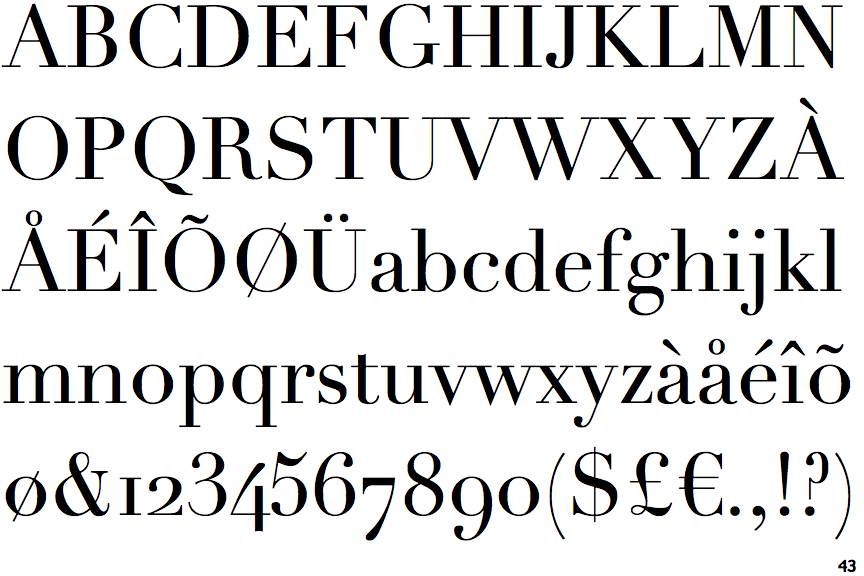Differences
Walbaum Antiqua
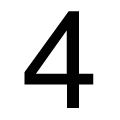 |
The '4' is closed.
|
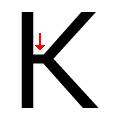 |
The diagonal strokes of the upper-case 'K' connect to the vertical via a horizontal bar.
|
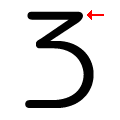 |
The top storey of the '3' is a sharp angle.
|
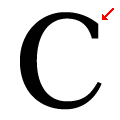 |
The top stroke of the upper-case 'C' has no upward-pointing serif.
|
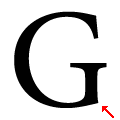 |
The upper-case 'G' foot has no spur or serif.
|
 |
The top of the lower-case 'q' has a vertical or slightly angled spur (pointed or flat).
|
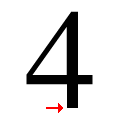 |
The foot of the '4' has no serifs.
|
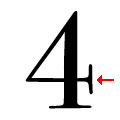 |
The bar of the '4' has double serifs.
|
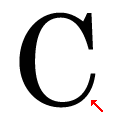 |
The lower stroke of the upper-case 'C' has no downward-pointing serif.
|
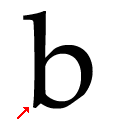 |
The lower-case 'b' has a downward-pointing spur or foot (pointed or flat).
|
There are more than ten differences; only the first ten are shown.
Note that the fonts in the icons shown above represent general examples, not necessarily the two fonts chosen for comparison.
Show ExamplesDidot
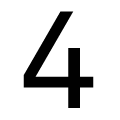 |
The '4' is open.
|
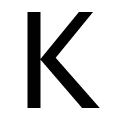 |
The diagonal strokes of the upper-case 'K' meet at the vertical (with or without a gap).
|
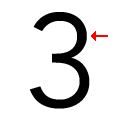 |
The top storey of the '3' is a smooth curve.
|
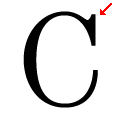 |
The top stroke of the upper-case 'C' has a vertical or angled upward-pointing serif.
|
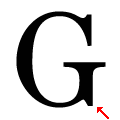 |
The upper-case 'G' foot has a downward pointing spur.
|
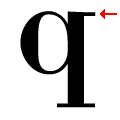 |
The top of the lower-case 'q' has a right-facing serif.
|
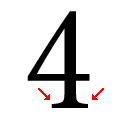 |
The foot of the '4' has double-sided serifs.
|
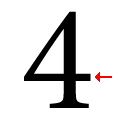 |
The bar of the '4' has no serifs or spur.
|
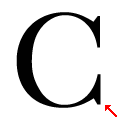 |
The lower stroke of the upper-case 'C' has a downward-pointing serif.
|
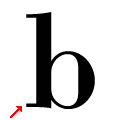 |
The lower-case 'b' has a left-facing lower serif.
|
